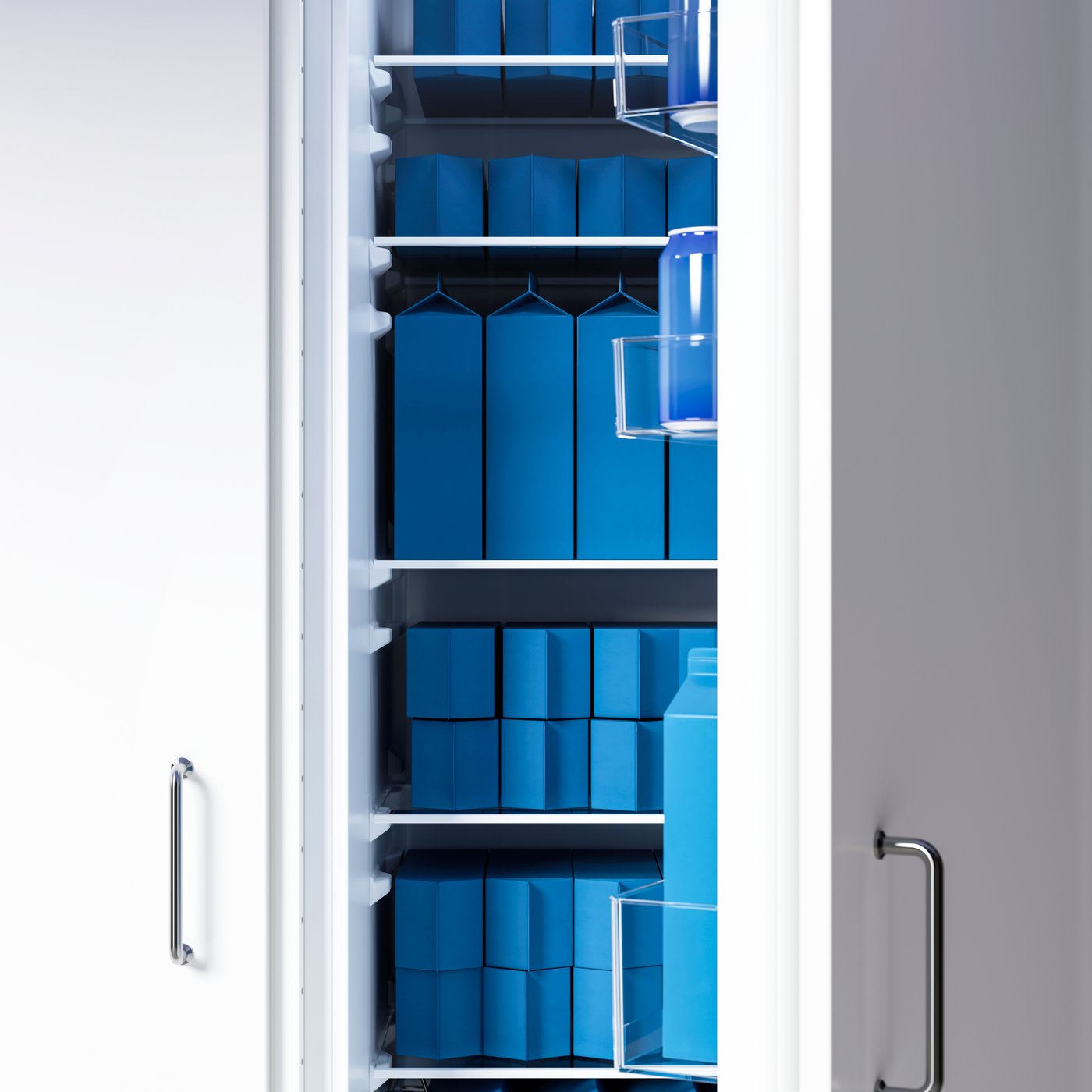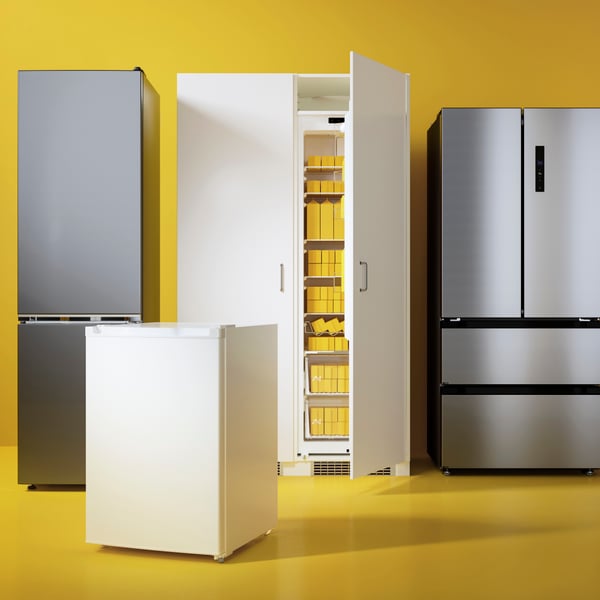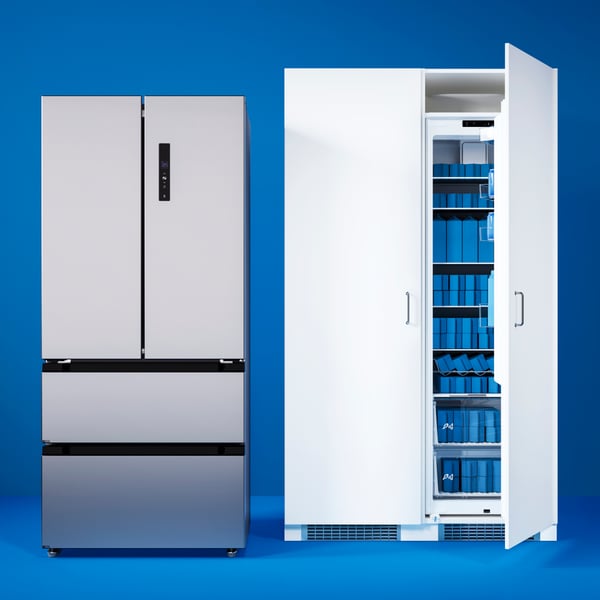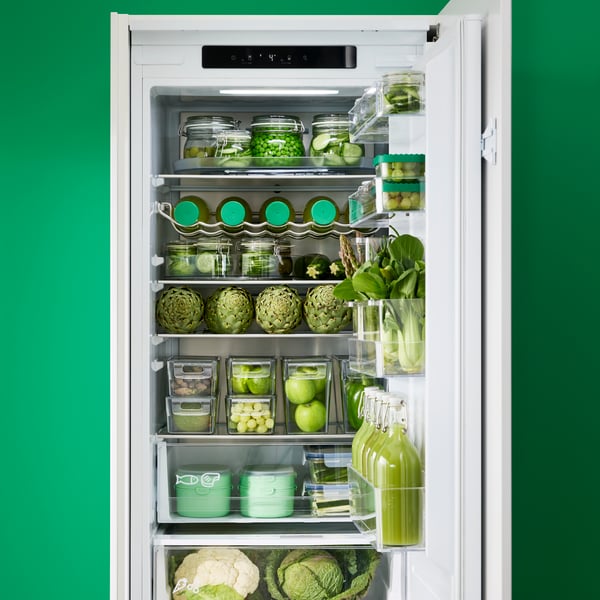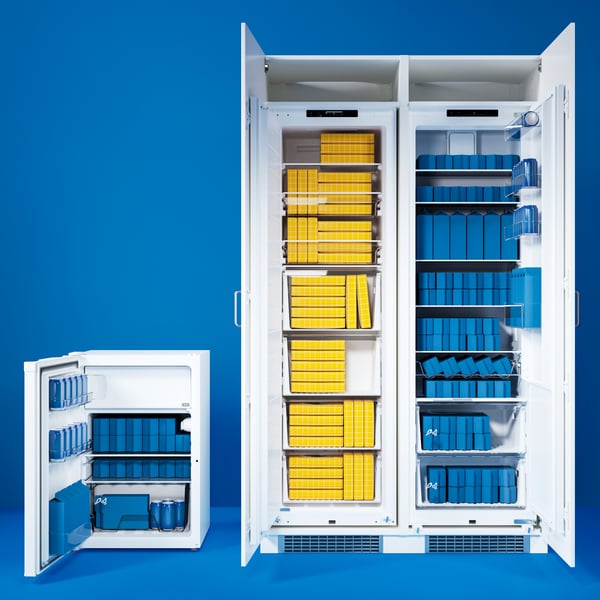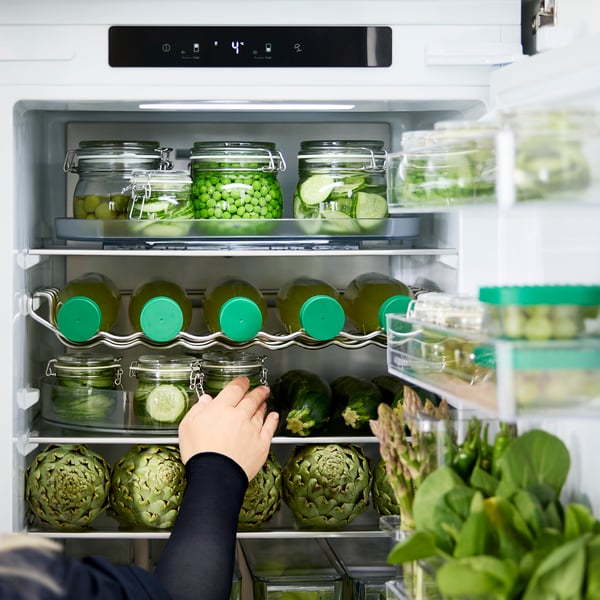How to choose a fridge and freezer
Need a new fridge and/or freezer? Whether you’re looking for appliances as part of planning a brand-new kitchen or want to replace or upgrade what you currently have at home, picking the right fridge and freezer doesn’t have to be as difficult as you may think. Start with this refrigerator buying guide to find the right questions you need to ask yourself before starting your appliances buying journey.
